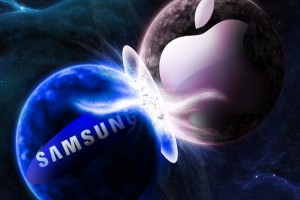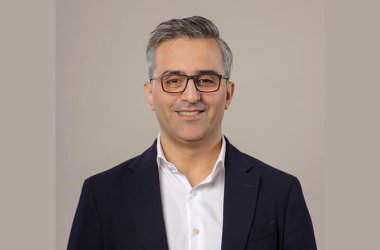 While the impact of Apple’s iPhone is obvious to anyone who follows the tech industry, attorneys took a California jury back to the phone’s 2007 unveiling to remind them of the device’s importance.
While the impact of Apple’s iPhone is obvious to anyone who follows the tech industry, attorneys took a California jury back to the phone’s 2007 unveiling to remind them of the device’s importance.
Wednesday, Apple and Samsung began arguing over patent infringement damages that could run into hundreds of millions of dollars.
“Where were you on Jan. 9, 2007?” asked Harold McElhinny, a lawyer at Morrison & Foerster representing Apple, before rolling a video of the late Apple CEO Steve Jobs introducing the phone at the Macworld Expo.
“An iPod, a phone and an Internet communicator,” Jobs of the device as the crowd cheered in response.
For Apple, it’s important to remind the eight-member jury and assert just how influential the iPhone was to the industry, because Apple is seeking redress for Samsung’s infringement of five of its patents on 13 different Samsung smartphones.
The infringement was determined by a jury in the same California courtroom last year as part of a larger case in which Apple was awarded US$1.05 billion in damages. Shortly after that the judge ruled $450 million of the award was invalid because of faulty calculations by the previous jury.
The new eight-member jury is now charged with calculating how much Samsung should pay. The prior finding of infringement isn’t up for re-evaluation.
At the heart of the fight, is whether Samsung’s infringement cost Apple any sales or helped Samsung sell more devices.
Apple is asserting that it could have sold 360,000 more products had it not been for Samsung’s infringement and, perhaps more importantly, those lost sales cost it $114 million in profits. Apple wants Samsung to pay that money in addition to $231 million of the profit it estimates Samsung made from the infringement and an additional $35 million in royalty payments.
In total, McElhinny said Samsung should pay Apple just under $380 million in damages.
Samsung has suggested $53 million would be a much fairer award.
The patents in question revolve around three functions of the iPhone: the phone’s ability to automatically switch between single and multi-touch gestures, the ‘rubber-band’ effect that makes the screen bounce when coming to the limit of scrolling, and the effect of a tap on the screen to re-centre the display after zooming.
Among Apple’s arguments put to the jury on Wednesday were findings from John Hauser, an MIT marketing professor, who is an expert in determining the market value of certain features.
Hauser asserted, as he did last year, that consumers were willing to pay approximately $100 more for a smartphone with those three features and $90 more for a tablet with the features.
Apple also enlisted Tony Blevins, its vice president of procurement, to talk about how the company plans for demand for its new products. Blevins explained that the company faces supply shortages with every launch, but that it typically has two weeks of “safety stock” on hand in any one quarter.
That’s an important assertion for Apple to make, because it will counter any claim by Samsung that it could not keep up with consumer demand and so could never have sold additional phones regardless of demand.
The two sides also sparred over consumers’ motivations for buying the phones they did.
Customers chose Samsung phones for greater battery life, larger screens, lower prices and the Android operating system, argued Bill Price, a lawyer with Quinn Emanuel Urquhart & Sullivan, representing Samsung.
“You will see no evidence that people who chose Samsung and Android and all of its unique features would have chosen Apple if Samsung phones lacked the three patented features,” he said.
Each side has eight hours to make its case to the jury. The damages hearing is expected to run into next week.





